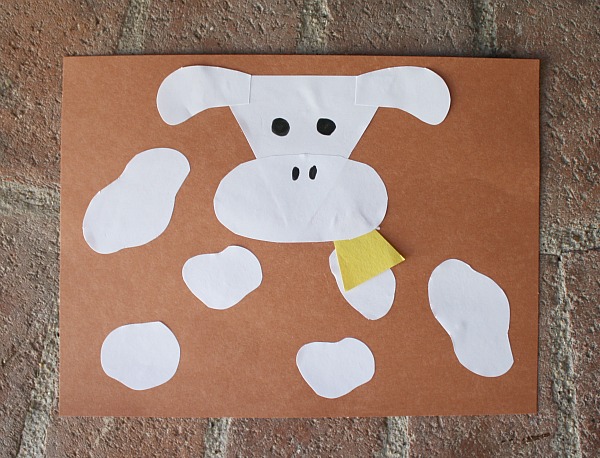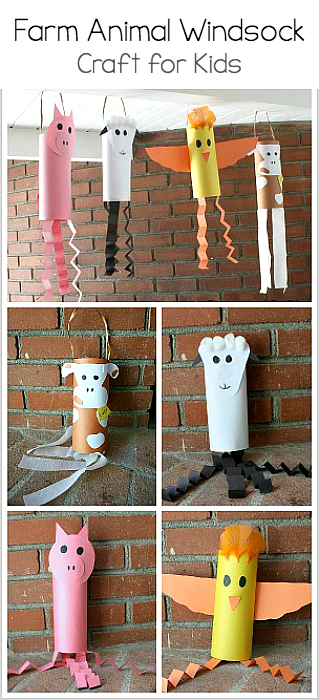Farm Animals Windsock Craft
Compass Enlightenment: This hands-on craft allows children to explore artistic creativity while learning about animals and wind movement. By designing their own windsock based on farm animals, children connect imaginative expression with early scientific thinking and observation of natural elements like air and motion.

Age: 3-5 PSC/GD
Secondary Age: 5-10 OSC

Curriculum Area:
- Creative Arts: Opportunities for expression through art, music, dance, and drama.
- Cognitive Development: Activities that stimulate thinking, problem-solving, and understanding of concepts like numbers, shapes, and colors.

Development Goal:
- Critical Thinking & Problem-Solving: Exercises that enhance logic, analysis, and innovative thinking.

Activity Objective: To create a farm animal-themed windsock while learning about how wind interacts with objects, encouraging fine motor skills, imaginative design, and basic observation of natural forces.

Materials Needed:
1. Construction paper
2. Scissors
3. Glue
4. String
5. Craft streamers (optional)

Procedures/Strategies:
- Begin by inviting children to choose and draw a farm animal on a piece of construction paper.
- Roll the paper into a cylinder shape and staple or glue the edges together.
- Attach streamers or accordion-folded strips to the bottom of the cylinder for movement in the wind.
- Cut a string and loop it through the top to create a hanger.
- Hang indoors or outside (on dry days) and observe how the wind makes it move.

Guidance and Safety Considerations:
These windsocks are obviously not waterproof. If you display them outside, do not leave them in the rain.



BITAA consolidates top-tier educational activities into a single platform, supporting Acorn's commitment to the Reggio Emilia approach. We believe children thrive through inquiry-based and self-directed learning, fostering growth and resilience.
© 2019 BITAA TECHNOLOGY